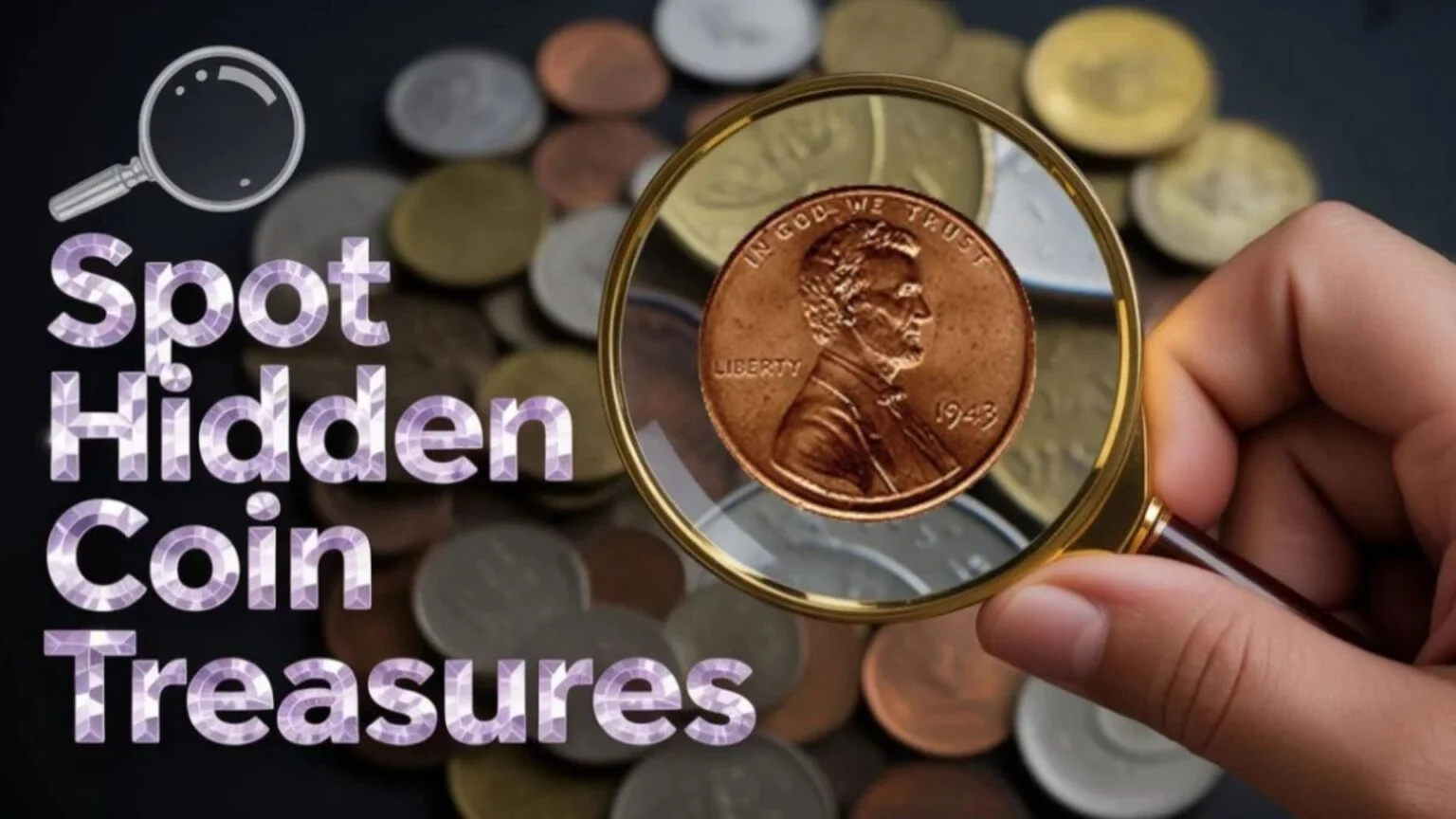How to Spot Rare Coins : Imagine pulling out a handful of coins and realizing one tiny piece of metal could change your life forever. Rare coins are still out there—sometimes hidden in jars, drawers, or even regular pocket change. A few of these treasures have sold for over $1 million at auctions, turning ordinary people into instant millionaires.
In this guide, you’ll learn how to identify three of the most valuable U.S. coins, what makes them rare, and simple tips to boost your coin-hunting success.
Why Some Coins Are Worth Millions
Coins can skyrocket in value because of:
- Low mintage (very few made)
- Minting errors (accidental designs)
- Historical significance (coins tied to unique events)
Even if you’re not a collector, recognizing the right details could make all the difference.
1. The 1913 Liberty Head Nickel – A Hidden Fortune
- Key Date: 1913
- Design Features: Liberty’s head on the front, Roman numeral “V” with a wreath on the back
- Estimated Value: Up to $3.7 million
Quick Tip: Only five exist, but always check any 1913 nickels—you never know where they’ll appear.
2. The 1804 Draped Bust Dollar – The “King of American Coins”
- Key Date: 1804
- Design Features: Flowing-haired Liberty on the front; bald eagle on the reverse
- Weight: About 27 grams with reeded (grooved) edges
- Estimated Value: Up to $4.1 million
Fact: These were originally minted as diplomatic gifts, not for circulation. Many surface in estate collections.
3. The 1933 Saint-Gaudens Double Eagle – The Golden Ghost
- Key Date: 1933
- Design Features: Standing Liberty holding an olive branch with rays behind; eagle flying on the reverse
- Material: Pure gold (around 1 ounce)
- Estimated Value: Record sale at $18.9 million
Note: Most were melted during the Great Depression, so survivors are incredibly rare.
Quick Reference Table
| Coin Name | Key Date | Main Design Features | Top Value | Where to Look |
|---|---|---|---|---|
| 1913 Liberty Head Nickel | 1913 | Liberty head & wreath “V” | $3.7 million | Nickel jars, rolls |
| 1804 Draped Bust Dollar | 1804 | Flowing hair Liberty & eagle | $4.1 million | Old silver collections |
| 1933 Saint-Gaudens Double Eagle | 1933 | Standing Liberty & flying eagle | $18.9 million | Gold heirlooms |
Pro Tips for Rare Coin Hunters
- Always check dates and designs carefully
- Use a magnifying glass for small details
- Compare with images on trusted sites like PCGS CoinFacts
- If in doubt, get it professionally appraised
- Remember: If you strike it rich, taxes apply—consult an expert
FAQs About Rare Coins
Q1. Can I really find a million-dollar coin in pocket change?
Yes, though extremely rare, some valuable coins still slip into circulation.
Q2. What’s the easiest thing to check first?
Always look at the date and design—most rare coins are identifiable at a glance.
Q3. How do I avoid counterfeits?
Get coins certified by professional grading services like PCGS or NGC.
Q4. Where’s the best place to look for rare coins?
Old piggy banks, inherited coin collections, and coin rolls from banks are great starting points.
Q5. Do condition and shine really matter?
Yes! While worn coins can be valuable, coins in mint condition can be worth millions more.
Final Thoughts
Spotting a million-dollar coin isn’t about luck alone—it’s about knowing what to look for. From the 1913 Liberty Head Nickel to the 1933 Saint-Gaudens Double Eagle, these treasures prove that everyday change could hold life-changing wealth.
So next time you grab some spare coins, take a closer look—you might be holding history in your hands.

